K.R.H. Sonderborg. copy-paste
28 April to 17 June 2023 ⟶ Galerie
Installation View Galerie Georg Nothelfer. Photo: Gernot Seeliger
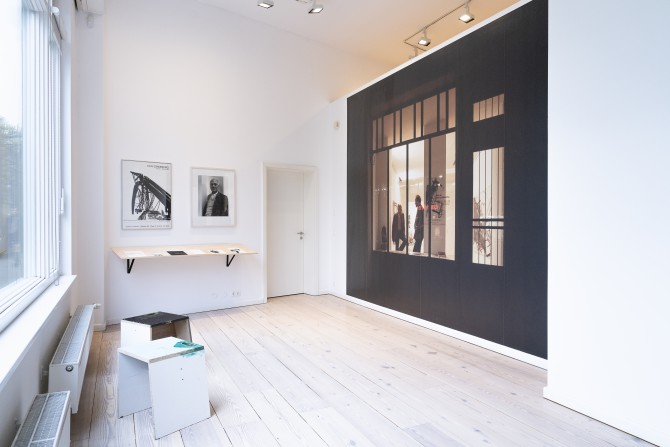
Installation View Galerie Georg Nothelfer. Photo: Gernot Seeliger
Hamm, K.R.H. Sonderborg in the Galerie Georg Nothelfer Uhlandstr. 184 Berlin Charlottenburg, 1987, b/w photograph 82.5 x 67.5 cm, Ed. 3
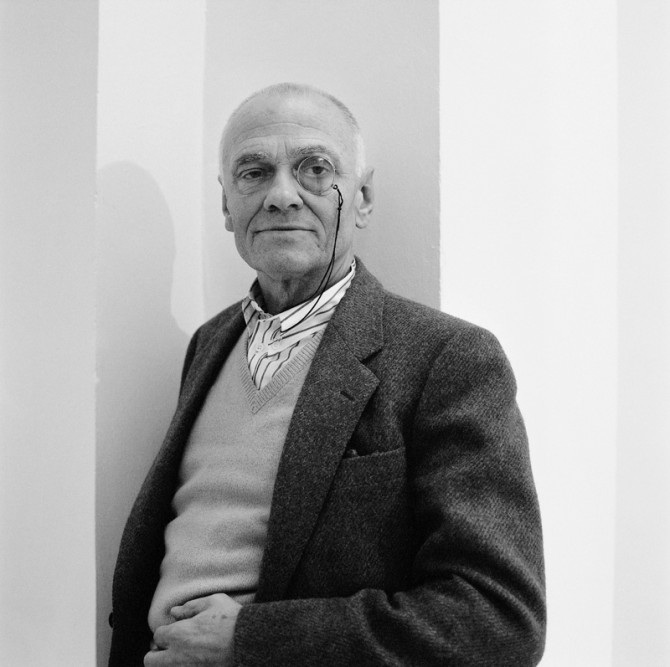
Hamm, K.R.H. Sonderborg in the Galerie Georg Nothelfer Uhlandstr. 184 Berlin Charlottenburg, 1987, b/w photograph 82.5 x 67.5 cm, Ed. 3
Installation View Galerie Georg Nothelfer. Photo: Gernot Seeliger
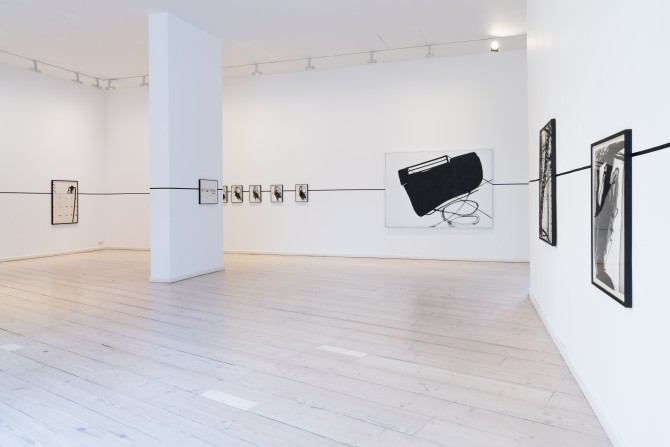
Installation View Galerie Georg Nothelfer. Photo: Gernot Seeliger
Untitled, 1986, Acrylic/canvas, 162 x 228 cm
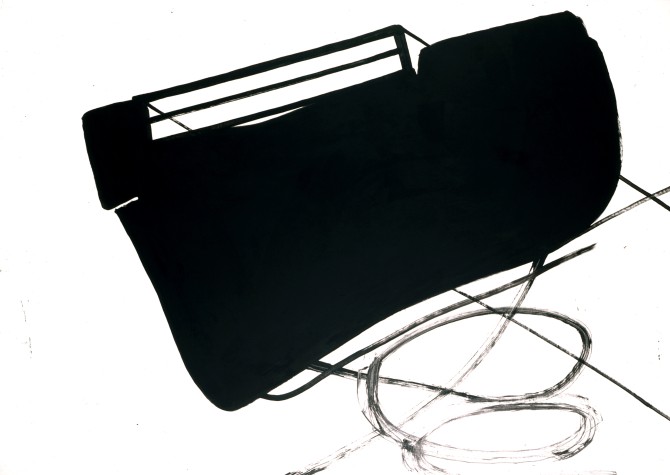
Untitled, 1986, Acrylic/canvas, 162 x 228 cm
Installation View Galerie Georg Nothelfer. Photo: Gernot Seeliger
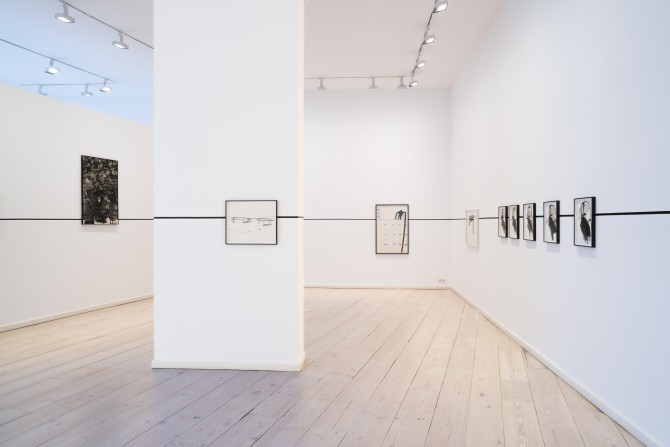
Installation View Galerie Georg Nothelfer. Photo: Gernot Seeliger
Untitled, 1973, Ink/Paper, 38 x 46 cm (SOLD)
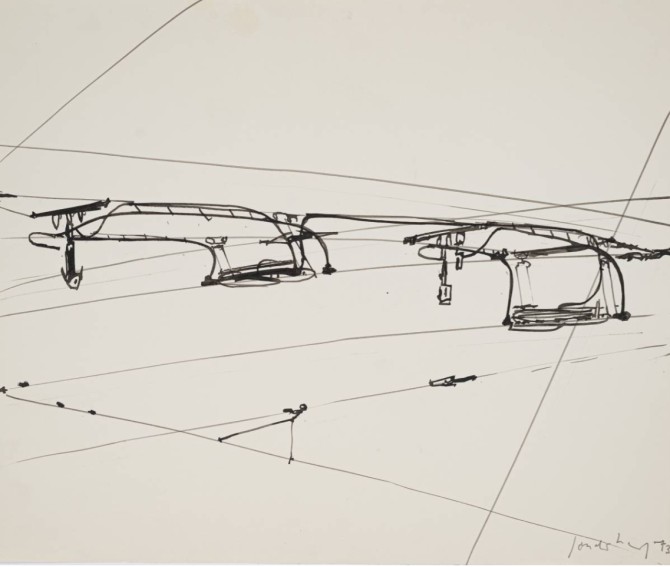
Untitled, 1973, Ink/Paper, 38 x 46 cm (SOLD)
Untitled N.Y., 1965 Ink/Paper, 100,5 x 67 cm (SOLD)
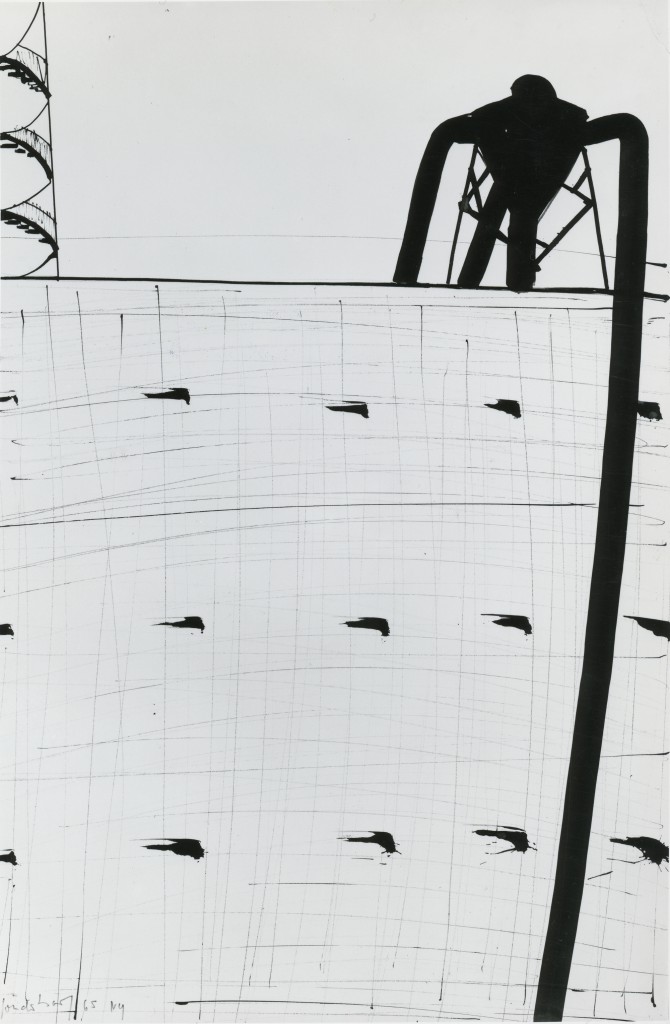
Untitled N.Y., 1965 Ink/Paper, 100,5 x 67 cm (SOLD)
Installation View Galerie Georg Nothelfer. Foto: Gernot Seeliger
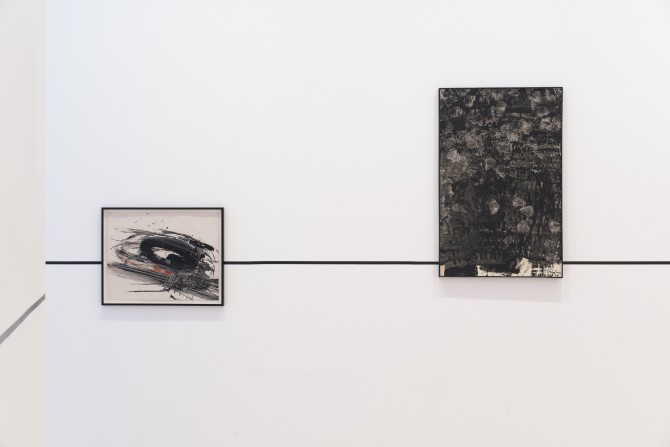
Installation View Galerie Georg Nothelfer. Foto: Gernot Seeliger
4.XII.55 - 20.06-20.56 h, 1955, egg tempera on photo canvas, 52 x 67 cm (SOLD)

4.XII.55 - 20.06-20.56 h, 1955, egg tempera on photo canvas, 52 x 67 cm (SOLD)
Composition, 1960, Egg Tempera/Photocanvas/Canvas, 109,2 x 70 cm
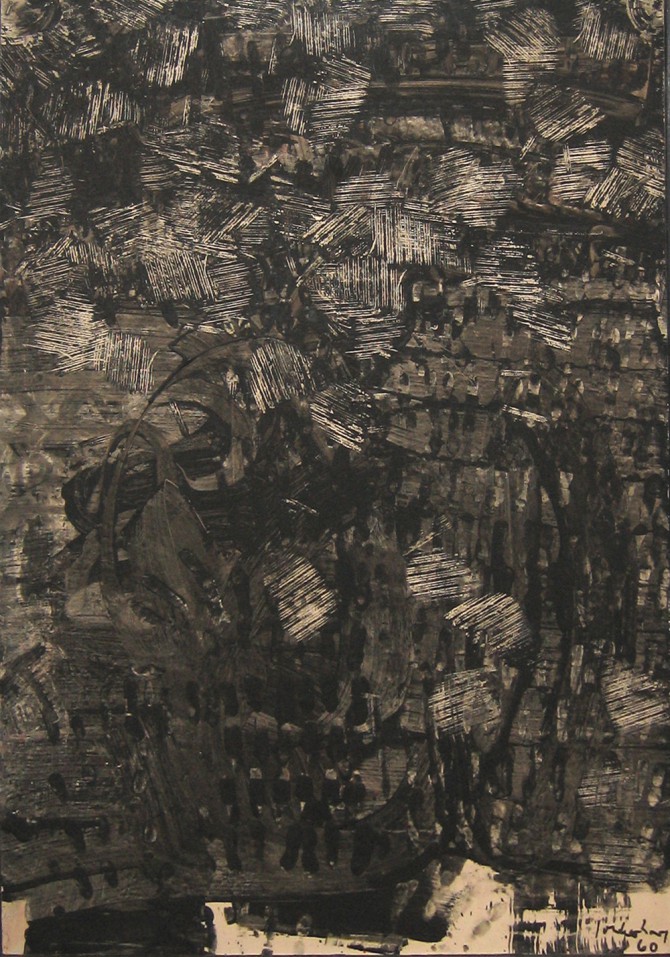
Composition, 1960, Egg Tempera/Photocanvas/Canvas, 109,2 x 70 cm
Installation View Galerie Georg Nothelfer. Photo: Gernot Seeliger
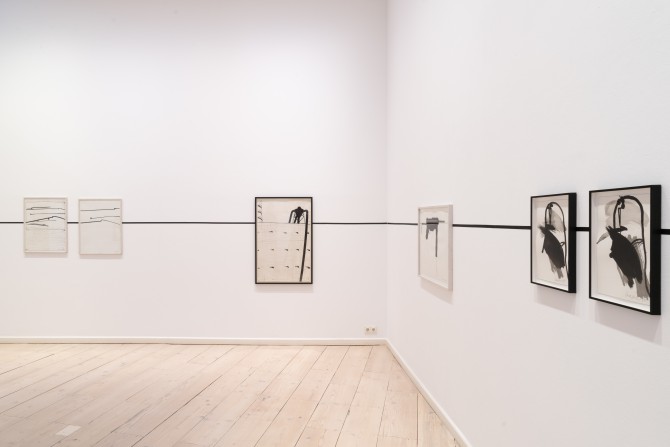
Installation View Galerie Georg Nothelfer. Photo: Gernot Seeliger
Untitled (Peacemaker), 1977, Ink/Paper, 54 x 75 cm (SOLD)
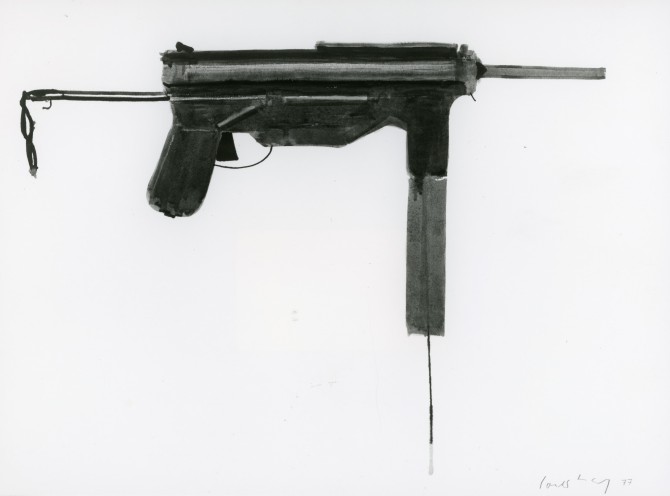
Untitled (Peacemaker), 1977, Ink/Paper, 54 x 75 cm (SOLD)
Installation View Galerie Georg Nothelfer. Photo: Gernot Seeliger
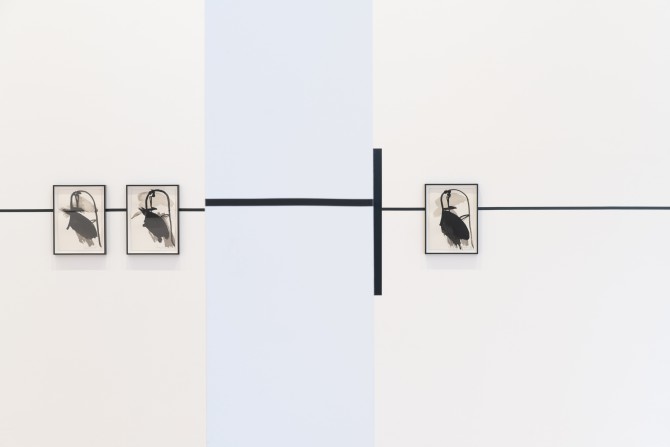
Installation View Galerie Georg Nothelfer. Photo: Gernot Seeliger
Installation View Galerie Georg Nothelfer. Photo: Gernot Seeliger
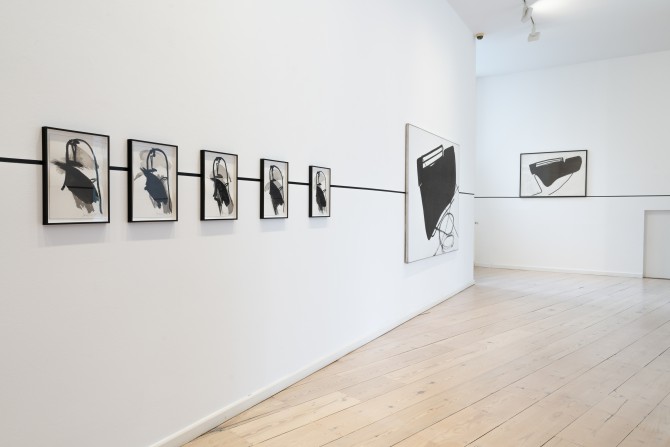
Installation View Galerie Georg Nothelfer. Photo: Gernot Seeliger
Untitled, 1991, Ink/Paper, 36 x 26 cm
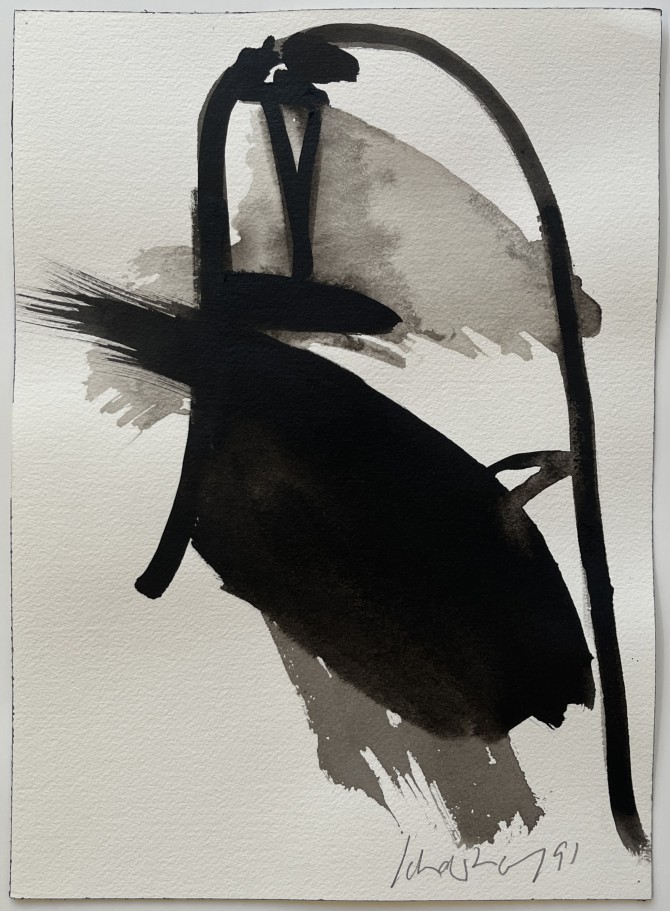
Untitled, 1991, Ink/Paper, 36 x 26 cm
Untitled, 1991, Ink/Paper, 36 x 26 cm
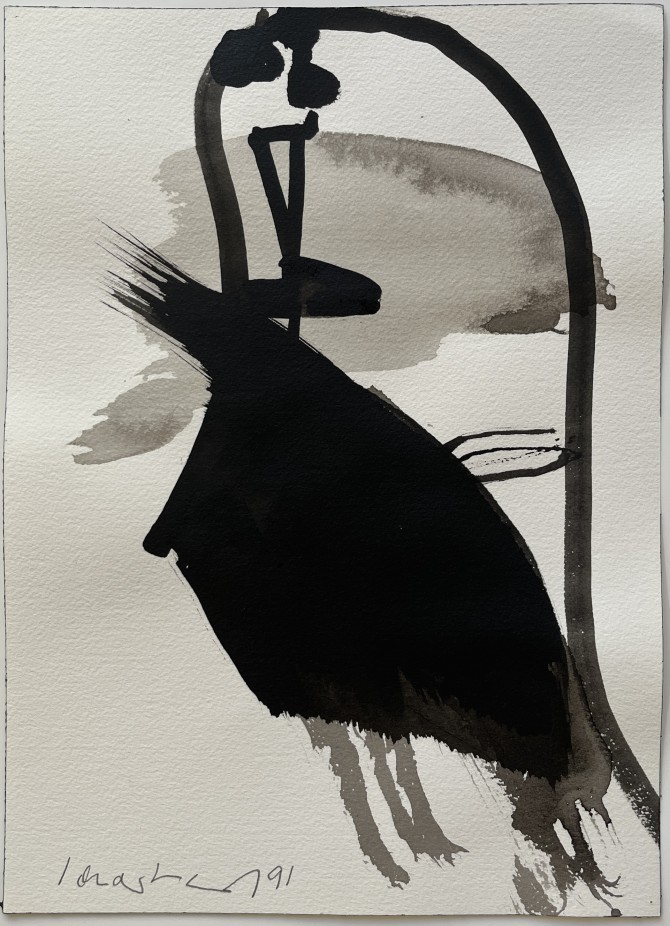
Untitled, 1991, Ink/Paper, 36 x 26 cm
Untitled, 1979, Ink/Paper, 87,5 x 115 cm (SOLD)
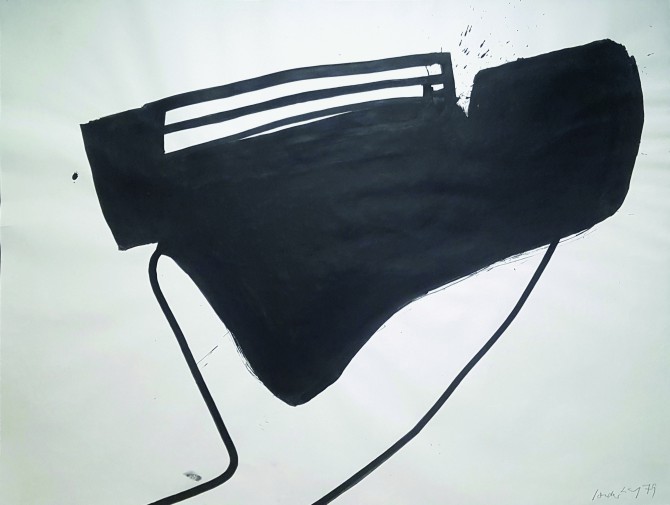
Untitled, 1979, Ink/Paper, 87,5 x 115 cm (SOLD)
Installation View Galerie Georg Nothelfer. Photo: Gernot Seeliger
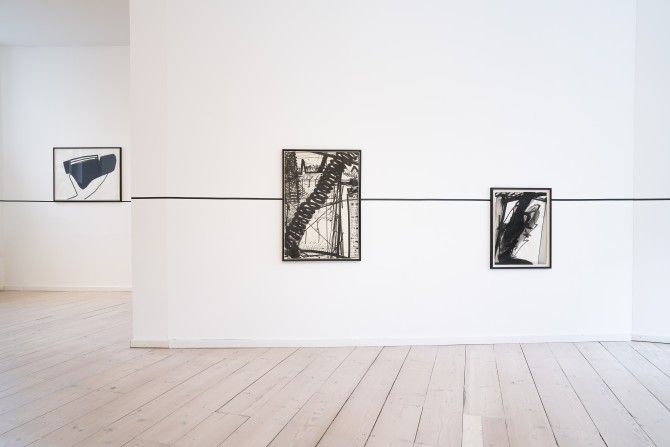
Installation View Galerie Georg Nothelfer. Photo: Gernot Seeliger
Untitled, 1965, Ink/Paper/Canvas, 109 x 76 cm
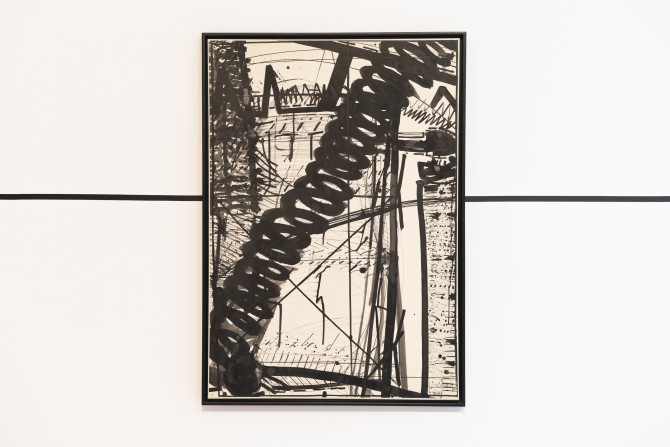
Untitled, 1965, Ink/Paper/Canvas, 109 x 76 cm
Untitled, 1985, Ink/Paper, 76 x 56 cm
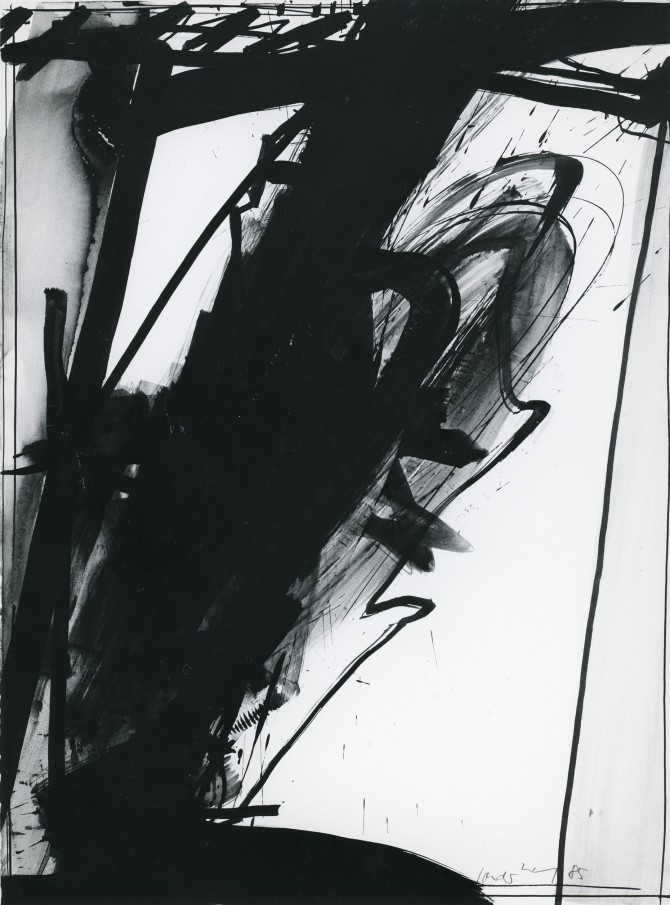
Untitled, 1985, Ink/Paper, 76 x 56 cm
Installation View Galerie Georg Nothelfer. Photo: Gernot Seeliger
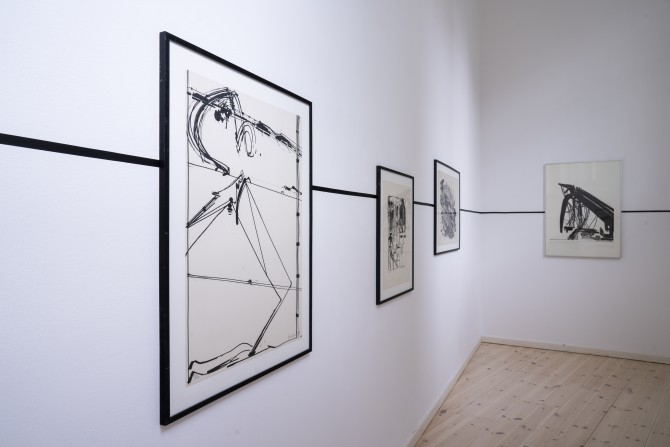
Installation View Galerie Georg Nothelfer. Photo: Gernot Seeliger
Untitled, 1969, lithograph, signed by the artist, 77 x 54,5 cm, Ed. 100
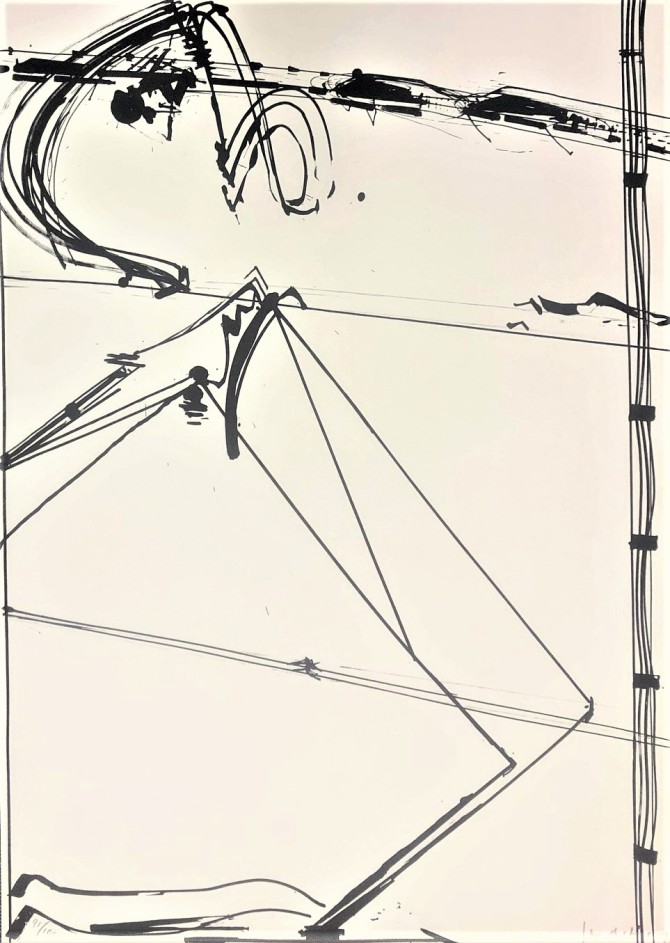
Untitled, 1969, lithograph, signed by the artist, 77 x 54,5 cm, Ed. 100
Untitled, 1963, Silkscreen, signed by the artist, 56,5 x 75,5 cm, Ed. 60
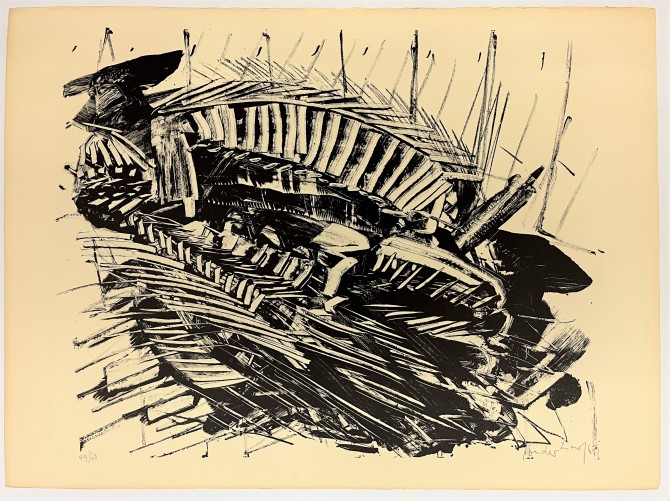
Untitled, 1963, Silkscreen, signed by the artist, 56,5 x 75,5 cm, Ed. 60
Untitled, 1968, Lithograph, signed by the artist, 56 x 45 cm, Ed. 75
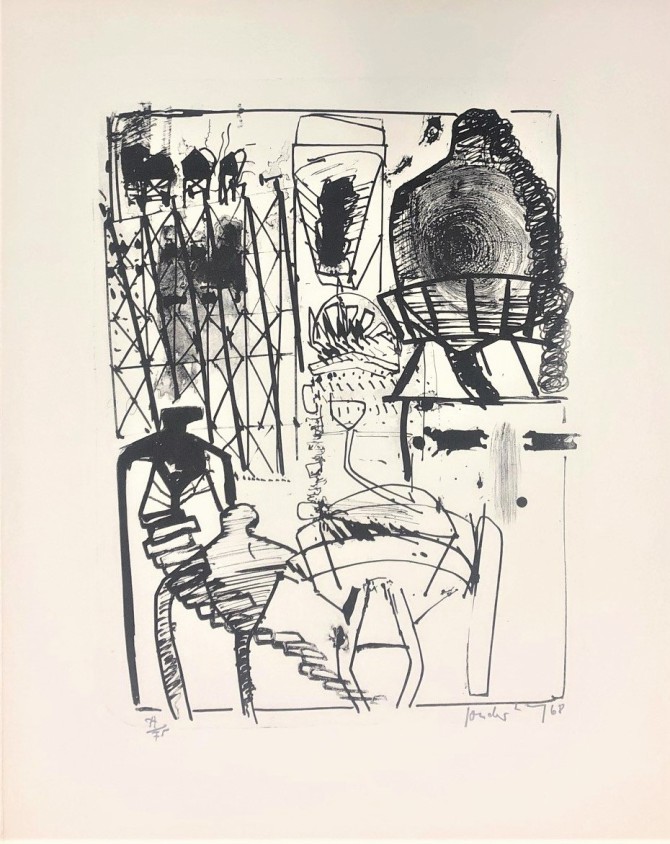
Untitled, 1968, Lithograph, signed by the artist, 56 x 45 cm, Ed. 75
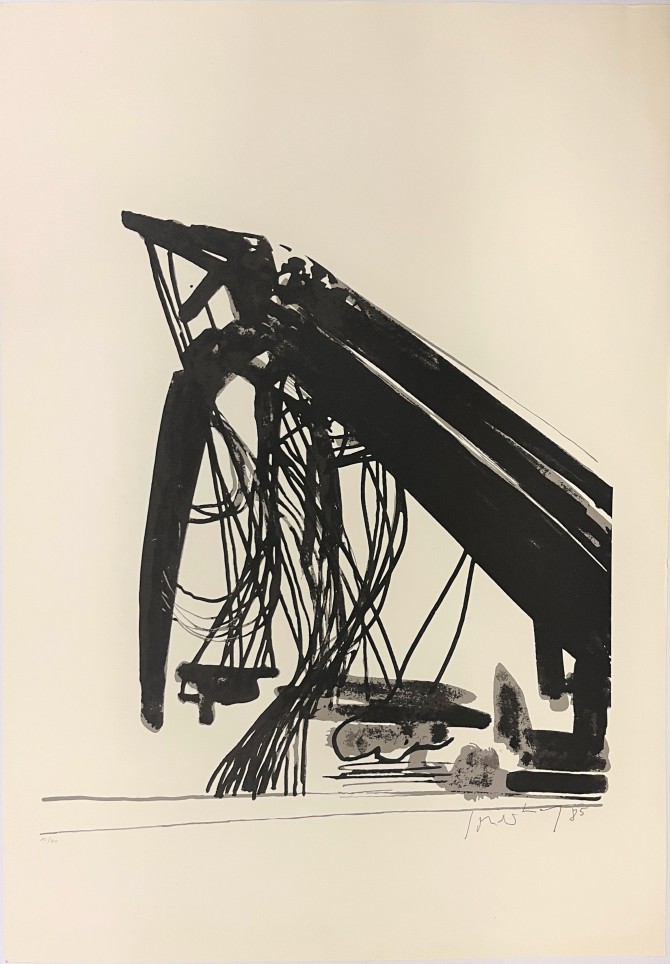
Installation View Galerie Georg Nothelfer. Photo: Gernot Seeliger
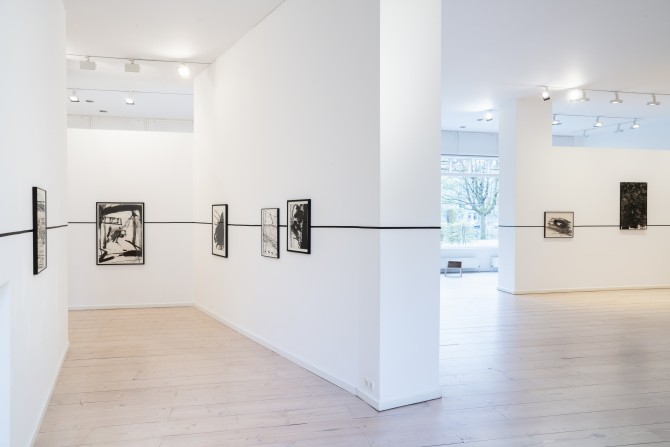
Installation View Galerie Georg Nothelfer. Photo: Gernot Seeliger
Installation View Galerie Georg Nothelfer. Photo: Gernot Seeliger
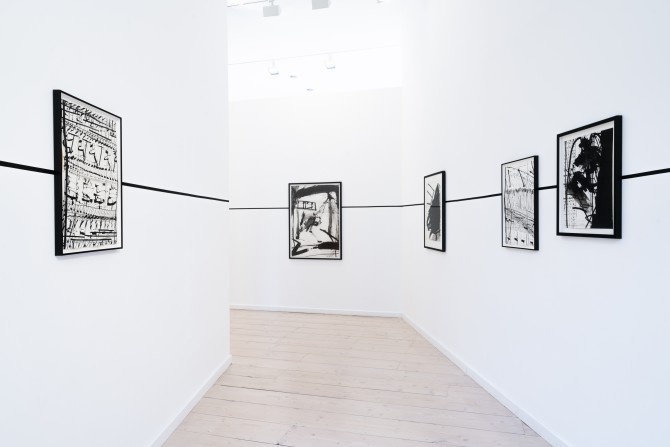
Installation View Galerie Georg Nothelfer. Photo: Gernot Seeliger
Untitled, 1968, Ink/Paper, 62 x 45 cm (SOLD)
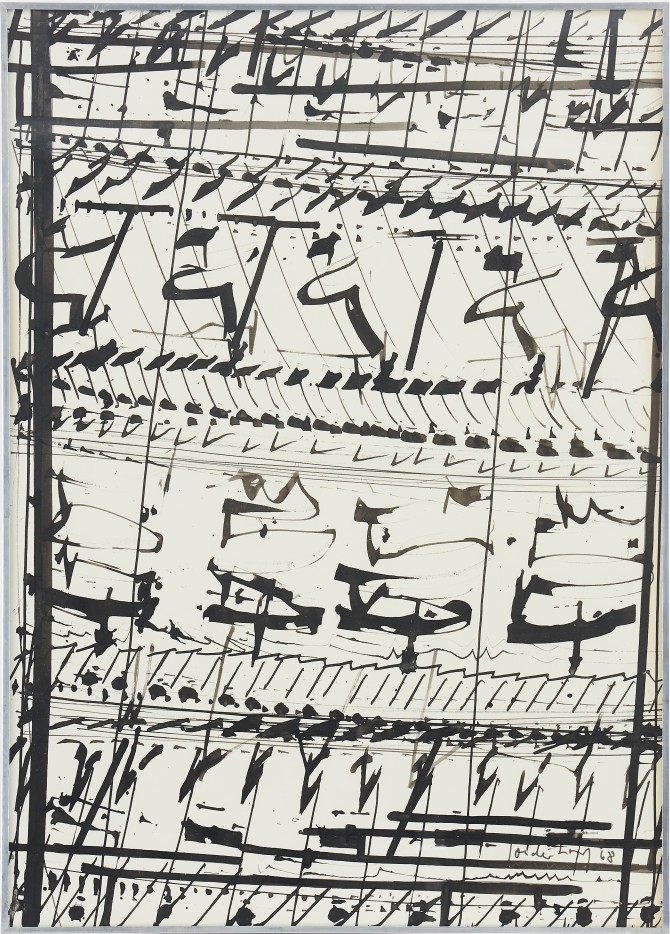
Untitled, 1968, Ink/Paper, 62 x 45 cm (SOLD)
Untitled, 1982, Ink/Papier, 107,5 x 75 cm
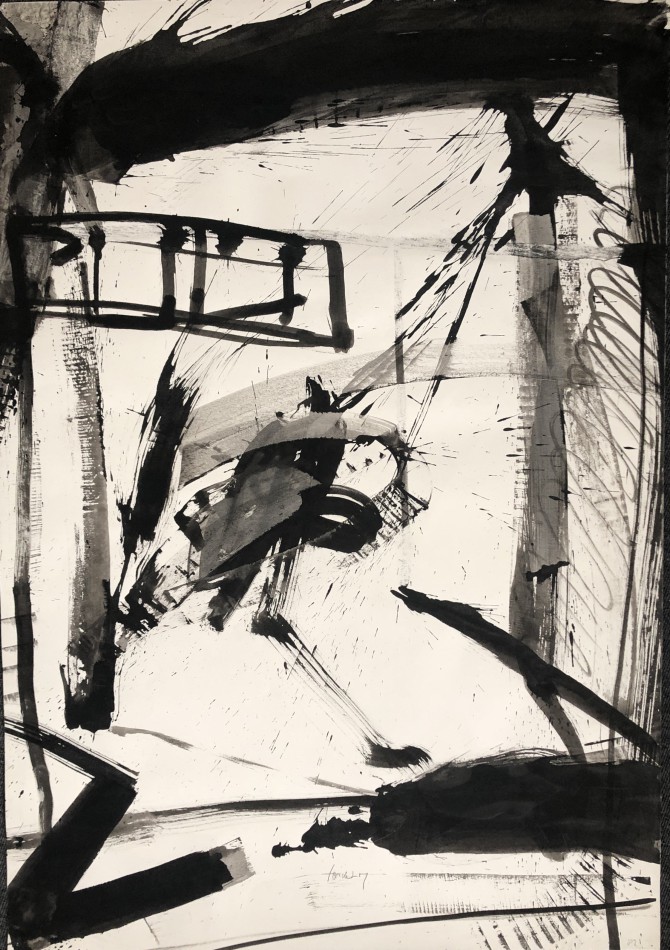
Untitled, 1982, Ink/Papier, 107,5 x 75 cm
Untitled, 1991 (Schloss Solitude)
Ink/Paper
64 x 49 cm
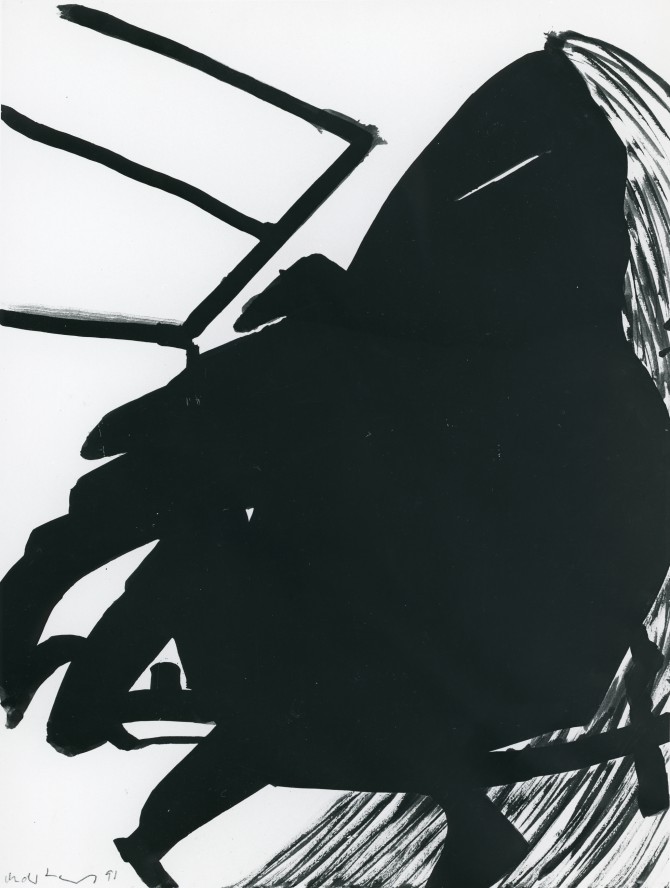
Untitled, 1991 (Schloss Solitude)
Ink/Paper
64 x 49 cm
Installation View Galerie Georg Nothelfer. Photo: Gernot Seeliger
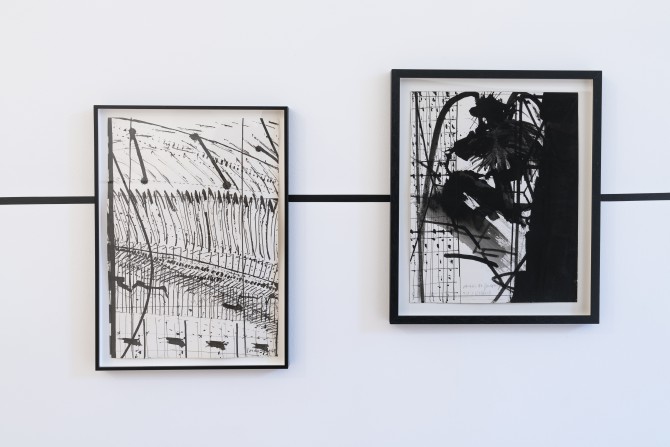
Installation View Galerie Georg Nothelfer. Photo: Gernot Seeliger
Untitled, 1968, Ink/Paper, 57 x 40 cm (SOLD)
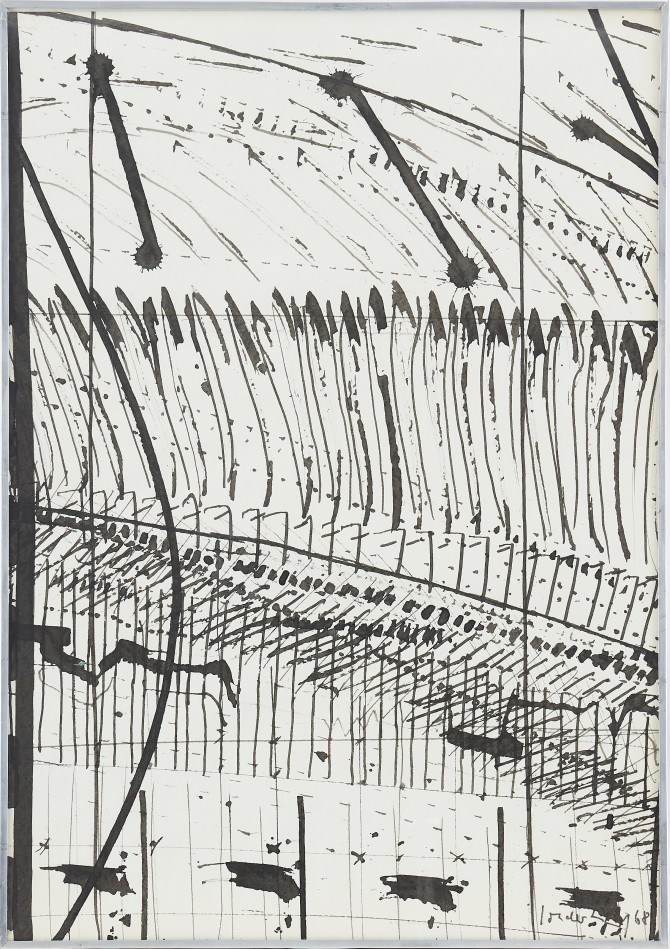
Untitled, 1968, Ink/Paper, 57 x 40 cm (SOLD)
Wabash (Chicago Series), 1986, Ink/Bütten-Paper, 50,5 x 40,5 cm
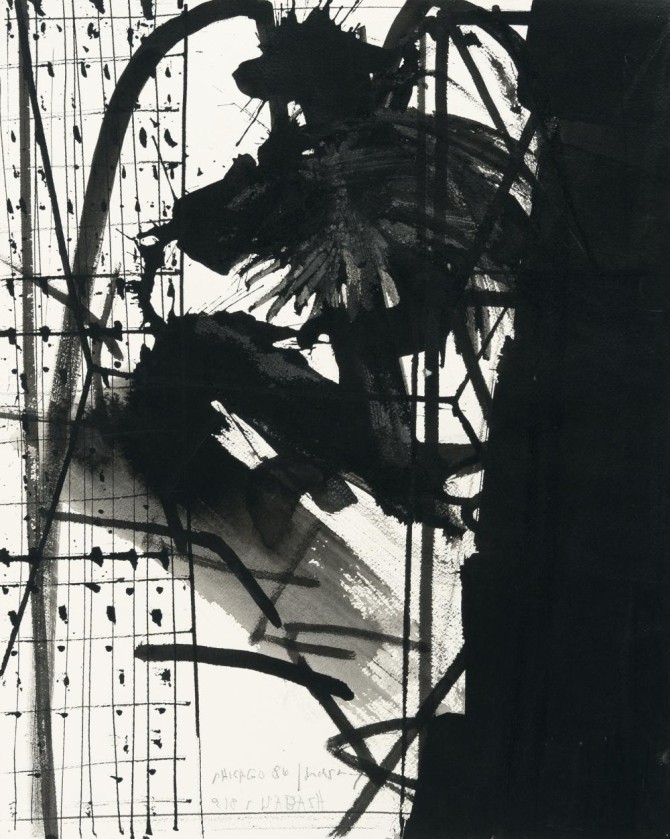
Wabash (Chicago Series), 1986, Ink/Bütten-Paper, 50,5 x 40,5 cm
Installation View Galerie Georg Nothelfer. Photo: Gernot Seeliger
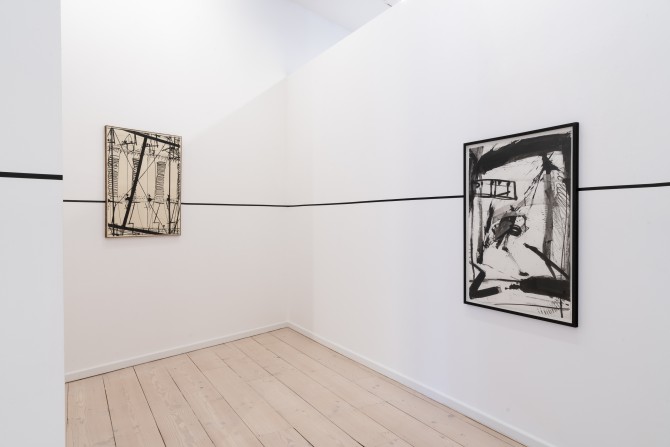
Installation View Galerie Georg Nothelfer. Photo: Gernot Seeliger
Untitled, 1965, Ink/Paper/Canvas, 112,8 x 73,8 cm
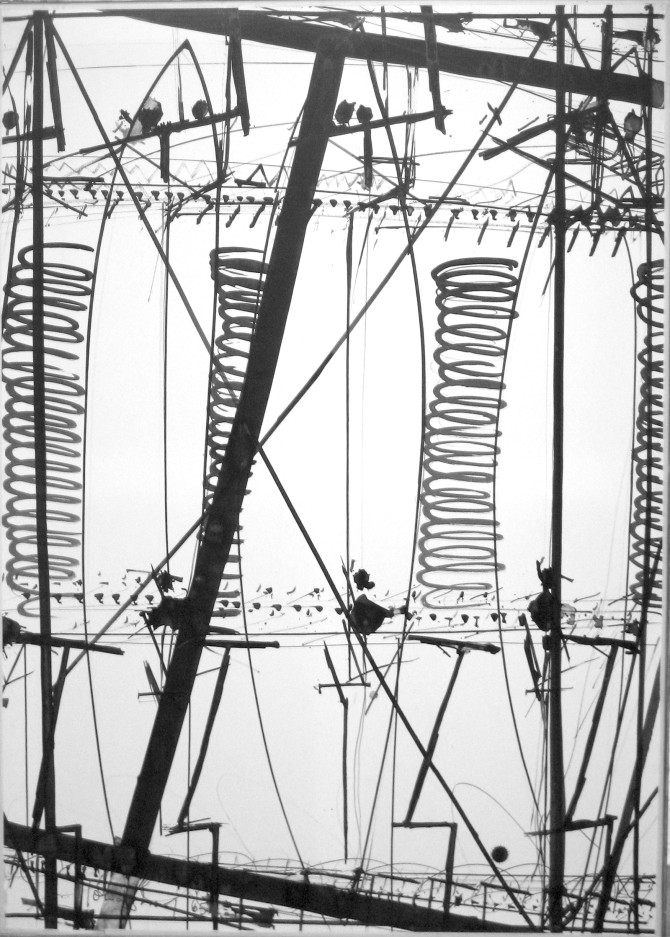
Untitled, 1965, Ink/Paper/Canvas, 112,8 x 73,8 cm
Installation View Galerie Georg Nothelfer. Photo: Gernot Seeliger
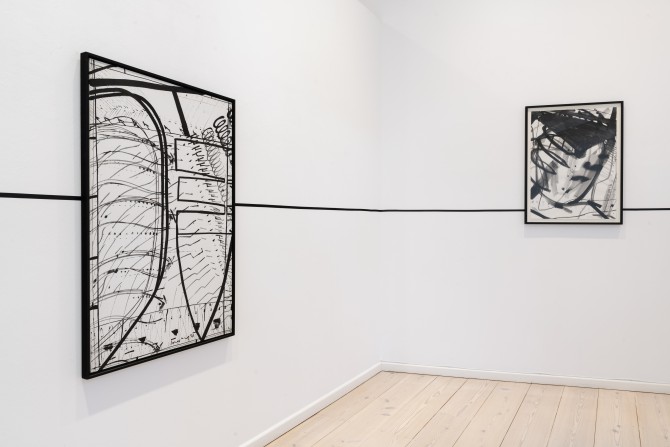
Installation View Galerie Georg Nothelfer. Photo: Gernot Seeliger
Untitled, 1971, Acrylic/Canvas, 129,5 x 80,5 cm
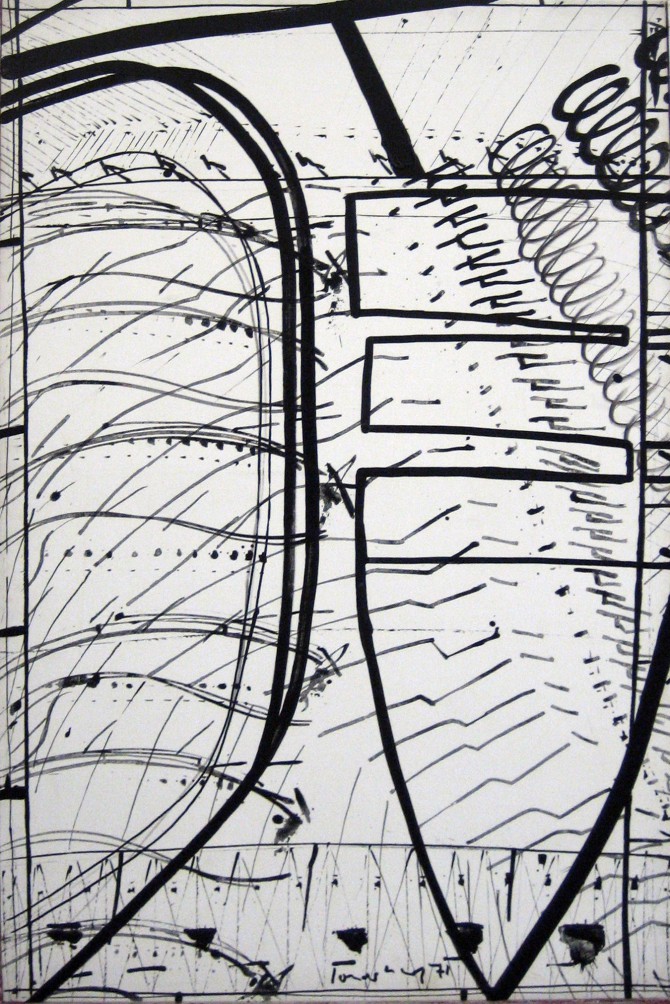
Untitled, 1971, Acrylic/Canvas, 129,5 x 80,5 cm
Untitled, 1983, Ink/Paper 93 x 66 cm
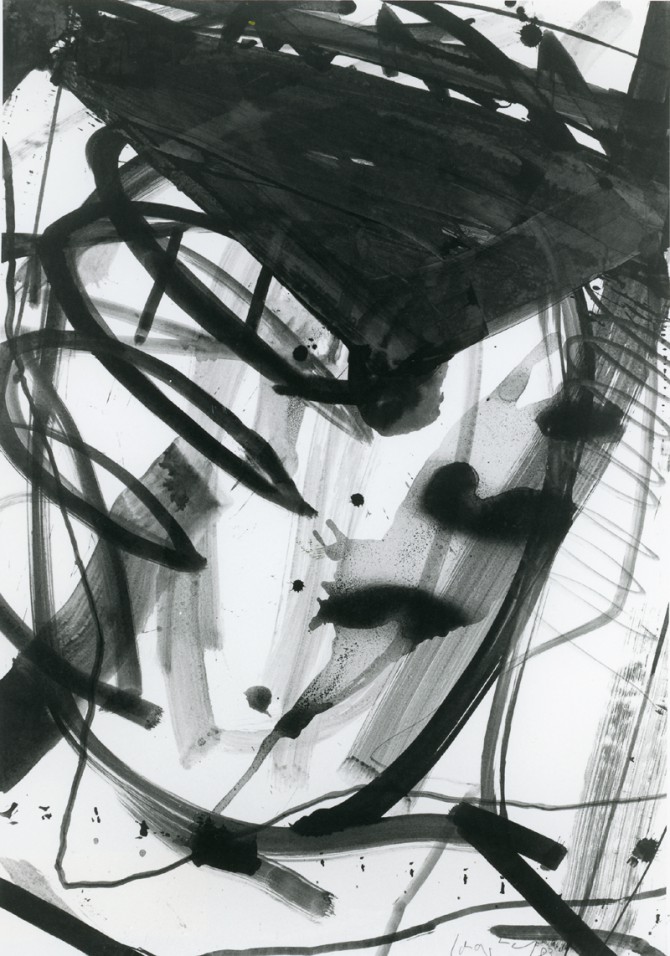
Untitled, 1983, Ink/Paper 93 x 66 cm
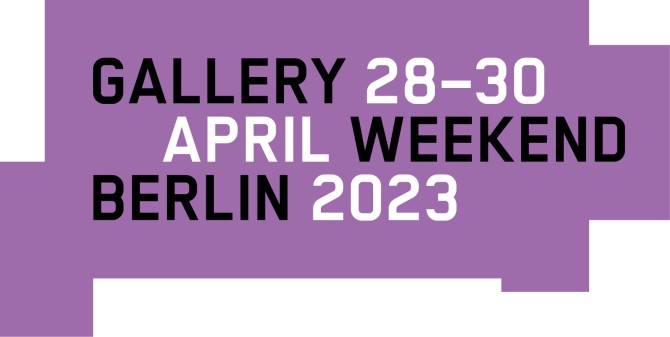
Opening April 28, 2023, 6 – 9 pm
For this year's Gallery Weekend, Galerie Georg Nothelfer is pleased to present a solo show of works by one of the most important representatives of “German Informel Art”, K.R.H. Sonderborg (1923 - 2008).
"Often it is signs which are nothing but the trace of movement - trace." This is how K.R.H. Sonderborg characterised his works in 1956, emphasising the almost performative character of the process of creation. The image surface is not merely the material carrier of a work, but becomes - as paradigmatically in Jackson Pollock's work - the "arena" for the painterly action (Harold Rosenberg, 1952). Many of his titles bear evidence to this radical concept of the image, documenting the genesis of the work, usually by naming the location and the precise duration of its creation. The genesis of his works encompasses the creation of traces as much as the erasure of them. The dynamic brush traces Sonderborg leaves on the painting ground are immediately maltreated, smudged, scratched off, erased with various tools, with windshield wipers, squeegees, palette knives, razor blades and others. It is a constant interplay of addition and subtraction, of positive and negative, as well as their successive obscuration in the picture.
The always latent danger that this way of working brings with itself is the solidification into a formula, when, speaking with the philosopher Jacques Derrida, the trace of the "pure event" becomes repeatable and a "signature". This is a tendency that can be observed in many of Sonderborg's contemporaries, such as Georges Mathieu or K.O. Götz. Sonderborg, however, as he himself remarked in 1964, "has no interest [...] in making classic Sonderborgs", that is, in merely copying his own handwriting, which was very successful early on. He avoids this - somewhat paradoxically - through the copy.
Always moving between and in metropolises (Hamburg, Paris, New York, Chicago, etc.), the painter, who once described himself as a "painter without a studio", was fascinated by the technoid structures of cities: first and foremost by the port of Hamburg with its ships, cranes and scaffolding and their complex graphic network. From the end of the 1950s onwards, he began to collect the impressions of his daily excursions photographically, always referring to the respective genius loci: from harbour architecture to the skyscrapers of American cities, the New York fire escapes and the water tanks on the roofs of houses to all those basic structures of urban mobility such as overhead lines and power lines, cables, hoses, etc. Structures in which the world shows decidedly graphic qualities, or as Sonderborg describes it in 1983: "This compilation, this constellation of things, I can't, I couldn't invent, I simply have to have it, have to bring it with me."
The graphic structures that are found are mostly structures of the Energetic: Lines, for example, through which electricity flows, setting traffic in motion - structures whose static and formal rigour hold a vector of movement. Sonderborg transfers these structures from his photographs onto paper with ink and charges them with the energy and dynamism hidden in them, through the speed of the brushstroke. In this way, the finest lines flit back and forth between a supporting structure of stronger brushstrokes and arrange themselves like the lines of power in an electric field. The transfer of the photographed motif into the picture is always also a transfer of energy. This is also expressed in the spiral form, the whirlpool, another dominant feature in Sonderborg's graphic archive: sometimes bound to a framework of horizontal and vertical structures, sometimes eruptively spreading diagonally across the entire picture and exerting a suction - like the legendary Maelstrom, which fascinated Sonderborg. Sonderborg also collects photographs from magazines and newspapers: an electric chair, for example, a machine gun or Andreas Baader's death cell. And even a seemingly carelessly deposited rucksack is transformed into a multi-limbed being that occupies the pictorial space.
The reproach that Sonderborg is accused of - "What you are doing is not painting, you are copying photography" (Sonderborg, 1974) - is, however, in vain: the process of copy-and-paste, the transfer of the photographic pre-image onto paper or canvas, is itself again an event, the event of the brushstroke, which is unique, cannot be corrected, alla prima is - again: trace of a movement. At the same time, the transfer is never just a copy and repetition, but always also a shift: on the one hand, by detaching the graphic structure from the original context and inserting it in a new one, often in a highly alienating way; on the other hand, in the dramatisation through the hard black and white contrast in comparison to the greyscale of the photographic original.
Once 'cut out', Sonderborg often varies a motif several times, copies it from one picture into another, enlarges or reduces it, shifts or rotates it, so that entire series are created. At the same time, Sonderborg's graphic archive also includes the artist's own radical-dynamic gestures from his early, informal works, which are also repeatedly quoted and recombined later. Thus, Sonderborg's leaping over the repetitive abyss of any gestural painting is primarily conceptual in nature - and at the same time, his lifelong fascination with the energetic structures of the urban environment and its dynamics builds a bridge over this abyss. What unites all of Sonderborg's works is their vehemence and radicality: the "picture as a force, as a punch to the head" (Helmut Heißenbüttel, 1988).
Text (translated from German original): Justus Beyerling
K.R.H. Sonderborg (1923 – 2008) participated in Venice Biennale (1958 and 1970) and documenta (1959 and 1964). He was professor in Stuttgart (1965-90), Minneapolis (1969/70), and Chicago (1986). 1985 Sonderborg had his first Solo Show at Galerie Georg Nothelfer.
Also find us on Artsy